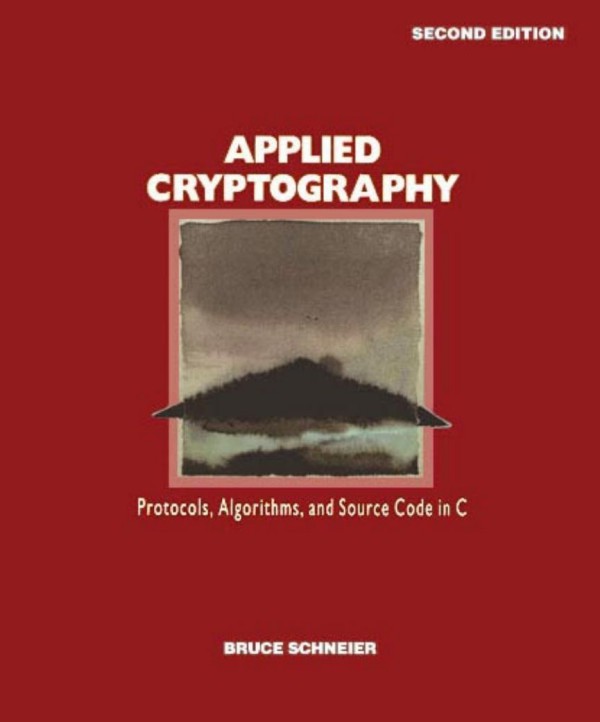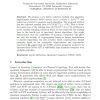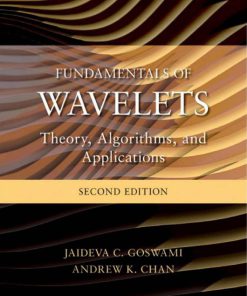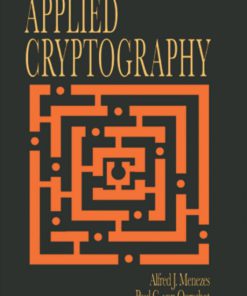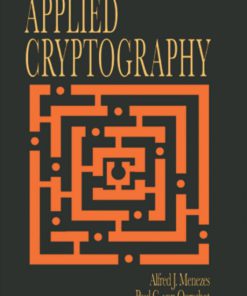Applied Cryptography Protocols Algorithms and Source Code in C 2nd edition by Bruce Schneier ISBN 0471117099 978-0471117094
Original price was: $50.00.$25.00Current price is: $25.00.
Authors:Bruce Schneier , Series:Cyber Security [14] , Tags:Computers; Security; Cryptography & Encryption; Information Technology; Cryptography; cryptology; cryptoanalysis; crypt; crypto; code; Programming; C , Author sort:Schneier, Bruce , Ids:9781119096726 , Languages:Languages:eng , Published:Published:Mar 2015 , Publisher:John Wiley & Sons , Comments:Comments:From the world’s most renowned security technologist, Bruce Schneier, this 20th Anniversary Edition is the most definitive reference on cryptography ever published and is the seminal work on cryptography. Cryptographic techniques have applications far beyond the obvious uses of encoding and decoding information. For developers who need to know about capabilities, such as digital signatures, that depend on cryptographic techniques, there’s no better overview than Applied Cryptography, the definitive book on the subject. Bruce Schneier covers general classes of cryptographic protocols and then specific techniques, detailing the inner workings of real-world cryptographic algorithms including the Data Encryption Standard and RSA public-key cryptosystems. The book includes source-code listings and extensive advice on the practical aspects of cryptography implementation, such as the importance of generating truly random numbers and of keeping keys secure. “. . .the best introduction to cryptography I’ve ever seen. . . .The book the National Security Agency wanted never to be published. . . .” -Wired Magazine “. . .monumental . . . fascinating . . . comprehensive . . . the definitive work on cryptography for computer programmers . . .” -Dr. Dobb’s Journal “. . .easily ranks as one of the most authoritative in its field.” -PC Magazine The book details how programmers and electronic communications professionals can use cryptography-the technique of enciphering and deciphering messages-to maintain the privacy of computer data. It describes dozens of cryptography algorithms, gives practical advice on how to implement them into cryptographic software, and shows how they can be used to solve security problems. The book shows programmers who design computer applications, networks, and storage systems how they can build security into their software and systems. With a new Introduction by the author, this premium edition will be a keepsake for all those committed to computer and cyber security.

